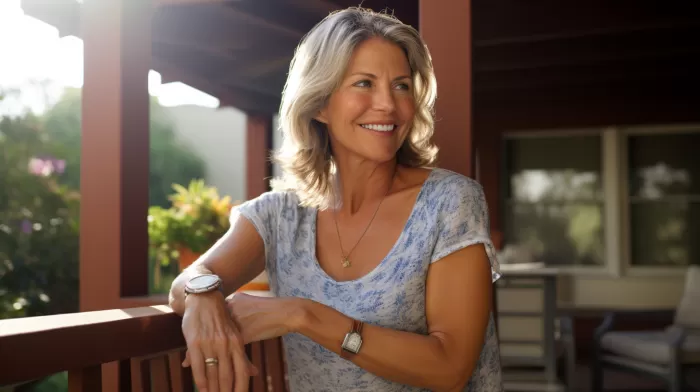Shocking new cancer statistics have left researchers stunned, revealing a sinister type of cancer that has seen an eightfold increase in the past five decades. This danger has been lurking in the shadows for some time, and now it seems women are especially vulnerable. Are you putting yourself at risk of encountering this cancerous threat?
The study in question, focusing on middle-aged men and women between the ages of 40 and 60, discovered that the overall incidence of skin cancer skyrocketed nearly eight times between 1970 and 2009. Dr. Jerry Brewer, a researcher involved in the study, pointed out an alarming revelation: “Women between 40 and 50 showed the highest rates of increase we’ve seen in any group so far.”
Melanoma: The Deadly Cancer
This news is particularly disturbing since medical experts are already deeply concerned about the increases in melanoma, which affects approximately 75,000 Americans per year and is responsible for the deaths of 9,000. It seems that, while women are more likely to develop melanoma, men are at greater risk of deeper lesions.
Melanoma is the most dangerous form of skin cancer, and it results from the damage of skin cells (melanocytes). Although it can appear anywhere on the body, it tends to show up on areas frequently exposed to sunlight. In women, melanoma often emerges on the legs, while in men, it is more common on the trunk. Fortunately, melanoma is not the most common form of skin cancer, but it is the most aggressive and leads to the majority of skin cancer-related deaths.
Know the Early Warning Signs
The difficulty with melanoma is that it can sometimes resemble other skin issues, such as moles, making it harder to detect. The best prevention is early detection, so familiarizing yourself with the early warning signs should be a priority. One method to check for signs of melanoma is the “ABCDE” rule:
- Asymmetry: Healthy moles tend to have symmetrical shapes; cancerous moles are often asymmetrical.
- Border: Non-cancerous moles have even borders, whereas melanoma lesions tend to have irregular, jagged edges.
- Color: Melanoma can showcase a variety of colors, including shades of brown, tan, or black, or even red, blue, or white.
- Diameter: Most healthy moles are smaller than the size of a pencil eraser, while melanoma lesions are typically larger.
- Evolving: If you notice any changes in color, shape, or size to an existing mole, or if it begins to bleed or become painful, you should consult a dermatologist.
How to Protect Yourself from Skin Cancer
Besides learning the early warning signs, there are other steps you can take to lower your risk of skin cancer. Follow Dr. Brewer’s advice and begin implementing these protective measures today:
- Avoid tanning beds at all costs: Tanning beds emit UV radiation that can lead to skin cell damage, which consequently increases the risk of developing skin cancer. Choose self-tanning products or spray-on tans if you desire a bronze glow, and always opt for sunless tanning products.
- Apply sunscreen consistently: Although some experts argue that sunscreen does not offer ample protection, it is still widely recommended to use broad-spectrum sunscreens with a minimum SPF of 30. Apply sunscreen at least 30 minutes before sun exposure and reapply every two hours, especially after swimming or heavy sweating.
- Inspect your skin regularly: Make it a habit to check your skin frequently for any changes in moles or the emergence of suspicious new spots. Become familiar with the “ABCDE” rule and use a full-length mirror to inspect your entire body.
- Schedule yearly dermatologist visits: Just like you would with your primary care doctor and dentist, make sure to visit your dermatologist annually. They will provide thorough skin examinations and detect any early signs of melanoma or other skin cancer types.
Cancer can be a terrifying notion, but knowledge and prevention are our greatest weapons in the fight against this deadly disease. By incorporating these measures into your daily routine, you could save not only your skin, but also your life. Don’t wait until it’s too late to start protecting yourself from skin cancer. Prevention begins today.



